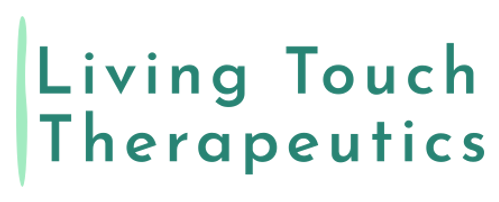Perform and Recover: Massage and Exercise for Gymnasts
- Benjamin Mishleau
- Dec 26, 2024
- 3 min read
Updated: Jan 22

I love gymnastics, both to watch and to participate in. When done well, it showcases the levels of agility, mobility, and strength that can be achieved. I had the opportunity to spend time on a collegiate gymnastics team here in Lincoln, Nebraska, for about a year, as both a team member and as the team’s therapist. I thoroughly enjoyed developing my strength as a base, watching talented people train and perform, and working with a partner to learn new moves and participate in drills and events. It was hard work for my shoulders, back, and core, and as I talked with and massaged the other gymnasts, I realized that these were areas that they often had weaknesses and injuries in as well. There were some differences between individuals who participated as tops, who tended to have more injuries to their extremities from falls and jumps, and bases, who often suffered from some level of shoulder and back pain, and at times had to take time off from the team to recover and heal. I still enjoy working with members of the team on a regular basis, and have found that when I provide them with a combination of massage and corrective exercises, they have greater stability, are less prone to injury, and feel better.
Why do gymnasts get injured?
It may seem to be a silly question, especially when you watch gymnastic performances. People jump and fall from dizzy heights, perform flips, and complete pair and group maneuvers in which if any one person slips, the whole group could be injured. Gymnastics is by nature a showcase of some of the limits of normal human strength, mobility, and balance. Those limits are easy enough to cross. This is why gymnastic teams generally have strict physical fitness and flexibility levels that you must reach before being on the team. Even if someone is technically fit enough to participate, they will be wise to continue improving their physical fitness and endurance as much as possible while they work on the team. As with any exercise, and more so, any imbalances and weaknesses in the body can quickly lead to an injury that could possibly have been avoided otherwise. Working with a personal trainer or corrective exercise specialist who can help develop individual strengths and strengthen weaknesses is a good idea.
How can medical massage and corrective exercise help?
Although a relaxing, therapeutic massage is great for anyone, most gymnasts will likely have a greater need for sports massage or medical massage techniques to help them recover from past injuries and prevent new ones. Each individual will need a slightly different plan. For instance, one of my gymnast friends has fairly routine problems with his upper back and shoulder from his work as a base. I help by working with the muscles in his back, neck, and shoulders using techniques like myofascial release, trigger point therapy, and deep tissue massage. After I finish his massage, I give him a couple of corrective exercises to work on to help the muscles settle back into place and grow stronger and more balanced. Although he still routinely needs some tune-ups, his shoulders feel stronger and he has less pain.
Gymnastics is a lot of fun, and can be participated in pain free. If you are interested in working with your own shoulder, back, or core pain, book a massage with me today!





Comments